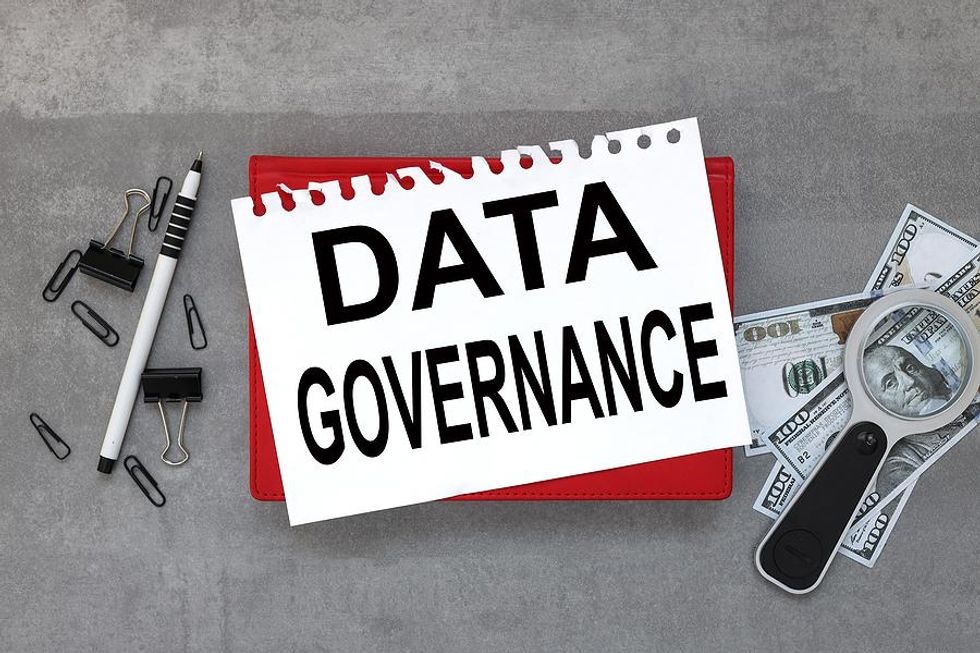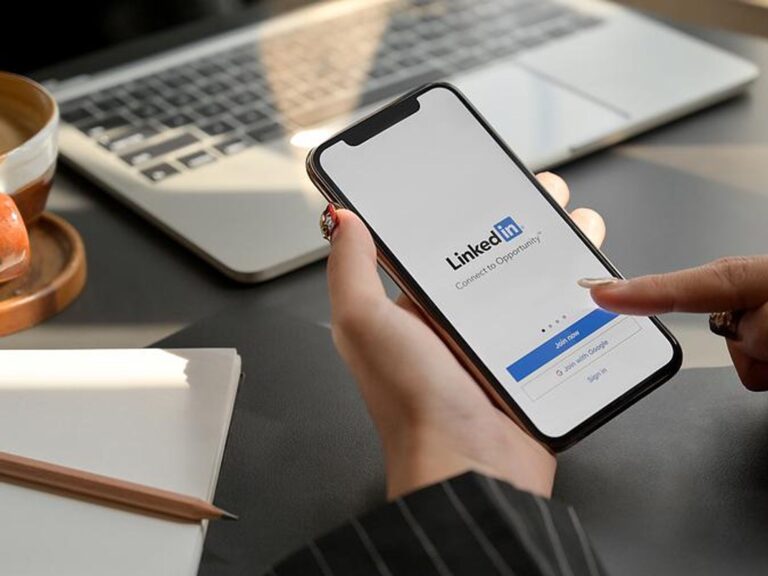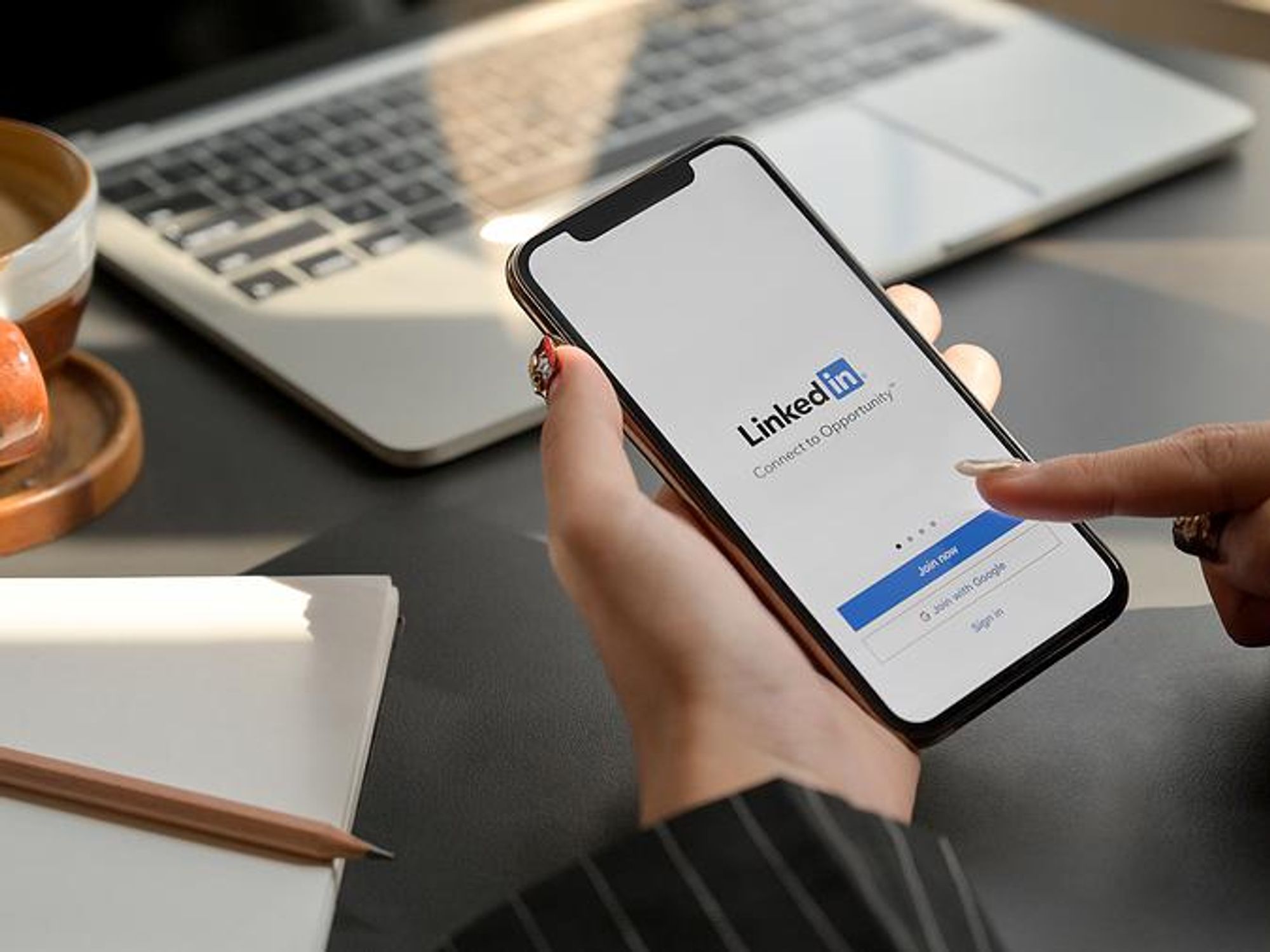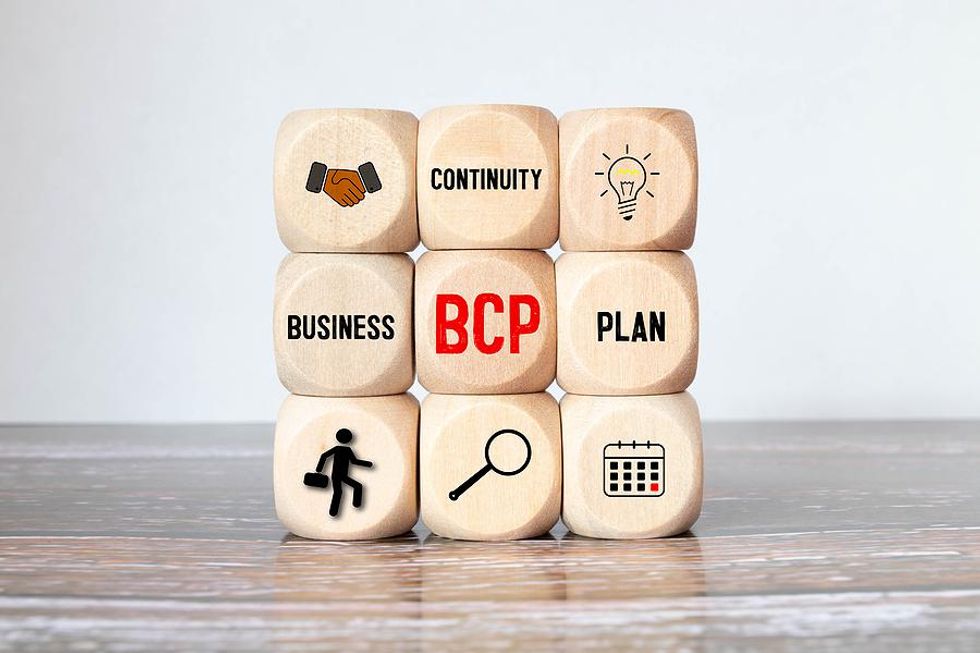How To Conduct An Effective Informational Interview

One thing that will gain you interviews with your target companies is by talking with more people who are âin the know.â Do this by conducting more interviews of your own.
The informational interview is an effective way to build your network and gather information to move your career forward. Informational interviews can actually be quite fun. Meeting for coffee, or briefly in someoneâs office, takes the pressure off both parties. The job seeker is simply asking for information, guidance, and advice. The person being interviewed is just providing that information and expertise. No one is saying, âPlease give me a job!â And no one is making an offer. Itâs just a chat.
Thatâs rightâthis is not about asking for a job!
Not right away, at least.
As a job seeker, you should hope to get some questions answered relevant to the industry you are in, the company where your interviewee works, and the companyâs competitors. You should ask about good ways to network in the field. Getting names of other professionals to contact for further informational interviews is a great result.
Hereâs how to do it:
1. Make A List Of People You’d Like To Meet
Make a detailed list of people youâd like to talk to about the next move in your career. People who have mentored you in the past, people you admire in your field, and people at your target companies are great people to meet with. Anyone who may be able to help you, or knows someone who can help, should go on your list.
2. Find Them On LinkedIn

Look up your target companies on LinkedIn and see who works there. You can find their contact information easily on their LinkedIn profile. If they donât have a profile, Google them to get their phone number or email address.
3. Call Them Or Send Them A Message

Phone messages often go unreturned and inboxes are often full for many professionals. Be persistent, try multiple avenues of communication, or go through a contactâs assistant (but don’t harass them). Be clear that you just want a brief meeting to discuss a specific set of questions regarding their job, company, and industry, and that you are not inquiring about a job opportunity.
4. Meet With Several Contacts Each Week

Be committed to holding 2-3 informational interviews consistently. Stick to the amount of time that you mentioned when setting up the meeting and donât go beyond it, no matter how tempted you might be! You can always set up another meeting or use additional questions as a reason to stay in touch and build the relationship.
5. Bring Your Resume (Just In Case)

Donât offer it. But, if they ask for it, youâll be prepared. Also, if the topic comes up in conversation, you can ask for advice on how to beef it up. Are there classes you should take? Organizations you might join? Get their feedback on what might make you a stronger candidate.
6. Ask Relevant Questions About The Industry, Company, Or Position

- How did you become interested in this field?
- What brought you to this company?
- What is a typical day like in your position/department?
- How much time do you spend doing ______ each day?
- What types of problems do you solve in your position?
- What can you tell me about the corporate culture?
- What are the biggest challenges the company faces right now and in the future?
- What skills and qualities make someone successful in this field?
7. Give Your Branded Elevator Pitch, And Then Ask…

- With the little you know about me, what suggestions do you have that might help me to break into the field or a company like yours?
- If a position were to become available here, would you keep me in mind?
- What other companies would you recommend for me to explore?
8. Get More Connections Before The Meeting Is Concluded

Ask who they know who might be a good person for you to speak with. Get their contact information. Ask if itâs okay to tell the new connection who referred you.
9. Send A Thank-You Message

Do this within 24 hours in the format of your choice. Email is convenient and green. You might be perceived as tech-savvy. Or, you might be looked upon as impersonal. A handwritten note is perceived as more personal by some. Or, on the flipside, archaic. Itâs up for debate and depends on your industry. Just pick one and thank your interviewee quickly.
10. Stay In Touch

Connect on LinkedIn and send occasional messages updating the contact on your progress. If you come across any articles that might help them, pass them along. Monitor the company and your contact using Google Alerts. When you discover they have gotten a promotion or have spoken at a conference, be sure to send a congratulatory email. Keeping in touch will help the relationship to grow.
Eventually, the informational interviews you conduct will pay off. Word will spread that you are looking for a new position. People will remember your personality and respectfulness. The relationships you are cultivating will result in a network that is keeping you in mind for when their company is ready to hire. Before long, you will be interviewing for real!
Need more help growing your network or navigating the job search?
We’d love it if you joined our FREE community. Itâs a private, online platform where workers, just like you, are coming together to learn and grow into powerful Workplace Renegades. More importantly, we have tons of resources inside our community that can help you enhance your career.
It’s time to find work that makes you feel happy, satisfied, and fulfilled. Join our FREE community today to finally become an empowered business-of-one!
This article was originally published at an earlier date.





































